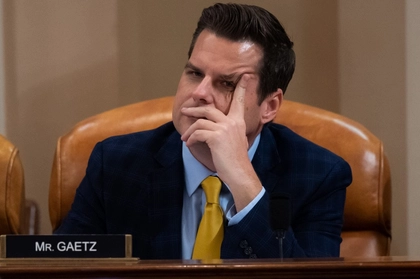For some time, there has been growing suspicion that Russia has been offering cash (or gold), technology, know-how and modern weaponry in return for the drones, ammunition, missiles and now, in the case of North Korea, people to support its war in Ukraine – as Kyiv Post previously reported.
Most military analysts believe that the contract for the delivery of 24 Sukhoi Su-35 (NATO: Flanker E) multirole fighter aircraft, delivery of which began in April 2023, was one of those transactions. These aircraft were available on relatively short notice, as they were part of a $2 billion deal that Egypt had pulled out of probably concerned about US sanctions if it purchased weapons from Russia.
JOIN US ON TELEGRAM
Follow our coverage of the war on the @Kyivpost_official.
It seems now that the level of Iran’s continuing support has reached such a level that two dozen of the aircraft is no longer sufficient recompense.
According to the Iranian journalist, Hayal Muazin, Moscow has now granted Iran a license to Teheran to start producing Russian Su-30 (NATO: Flanker C) as well as Su-35 fighter aircraft and is already preparing to set up an assembly plant. Muazin described this as “a significant step in the development of Iranian aviation,” where the initial deliveries of Su-35s from the current contract have already raised Iran’s air force capability.
It seems likely that initially Iran will receive previously manufactured subsystems, components and other parts for local assembly before eventually developing a full manufacturing capability of its own.

French Policy Playing Into Iranian and Russian Hands
According to the Israel based Mezuzah Telegram the fine print of the license to Iran, which will allow as many as 72 Su-35s and an unknown number of Su-30s to be built, was finalized during the BRICS summit held in Kazan, Russia, from Oct. 22 to 24.
Not only would this number of modern aircraft enhance Iran’s armed forces but also to create new jobs and develop its own aviation industry. It will also reduce Teheran’s dependence on external supplies of military equipment and allow it to diminish the effect of the international sanctions under which it currently operates. It is not clear whether the license arrangement would allow Iran the right to produce aircraft for export to third countries.
The Su-30 and Su-35, two of the most advanced multirole fighters are both developments of Russia’s Sukhoi Su-27, that is also designated by NATO as the Flanker. They have many common features but key differences that fit them for different missions. The Su-30 is a two-seat, long-range, multirole fighter making it suitable for a variety of combat tasks including air-to-air interdiction and all-weather combat missions.
The Su-35, which is itself a development of the Su-30, employing more powerful engines, upgraded electronic countermeasures systems, and more advanced avionics making the aircraft highly maneuverable with long-range detection, acquisition, and tracking of multiple targets.
The Military Watch website reported in 2020 that Sukhoi was working on developing a single “Super Flanker” aircraft that would combine the best elements of the Su-30 and Su-35 into a single model by 2027. There has been little open-source information on how or if the program is developing.
You can also highlight the text and press Ctrl + Enter






